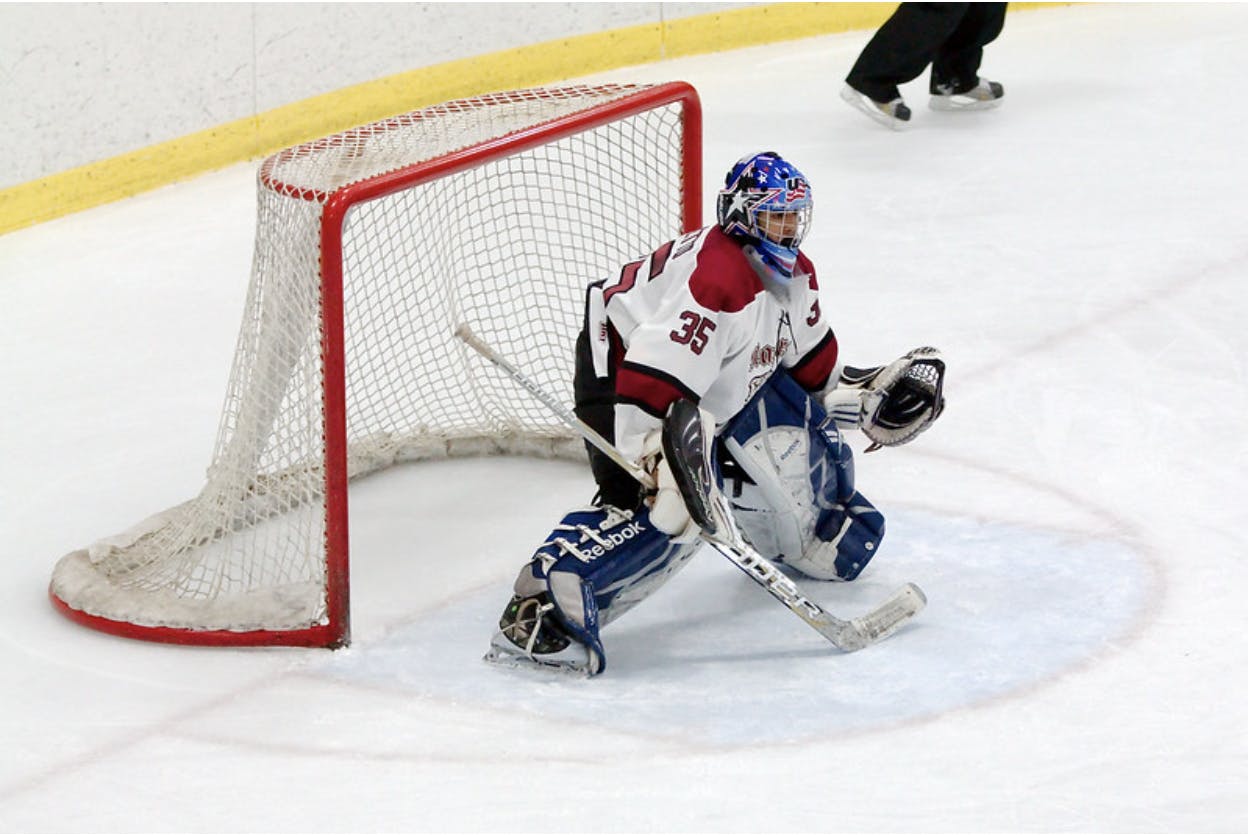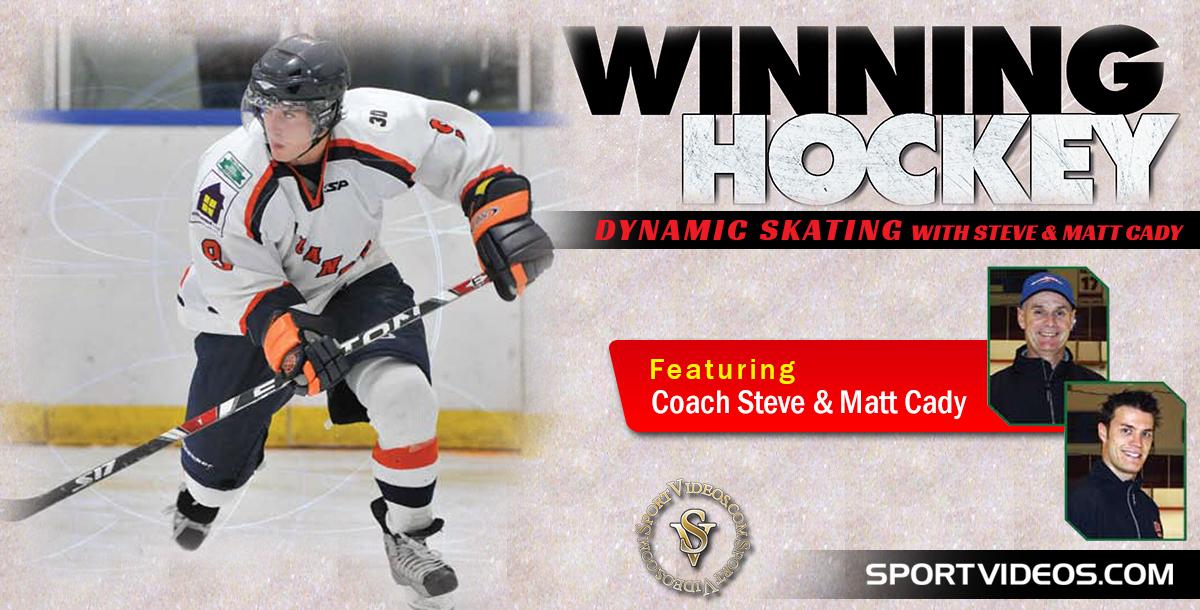
Ice Hockey Goalie Drills: Mastering the Basics
- By Emma Martin
Overview
The goaltender position is one of the most important jobs on the ice. They are the ultimate defender, the ultimate player. Goalies need to be prepared to make or break periods, games, championships. How can you prepare?
It always goes back to the basics. Mastering simple goalie skills will build a solid foundation for when you level up your training. Perfecting even the most simple skills can separate being good from being great. So, let’s go over some helpful hockey drills that can provide that strong foundation.
International goalie coach Hiroki Wakabayashi includes three important skills in his online ice hockey goalie training courses. Quick Feet, Hand Eye Coordination and Reaction drills.
Quick Feet
What better way to defeat your opponent than by simply being faster? Due to the extremely fast pace of hockey, speed is everything. Goalies must be prepared for one shot after the next, with no time to spare.
The drills to help goalies master quick feet is practicing defending shots on goal from all angles with just seconds in between. The “two shots and around drill” is a great example of this. The first shooter will take one shot from the face off dot and one from the bottom of the circle. The first shooter will then go behind the net and make a pass to the second shooter on the short side. This drill gives the goalie little time to adjust to the third shot and forces them to practice quick feet.
A similar drill to practice quick feet is the “One Shot Long Pass”. This drill substitutes the pass behind the net to in front, which increases the pace and forces the goalie to make even faster decisions on their feet.
To execute the “One Shot Long Pass” drill, you will set up one puck on the top of the circle and one on the faceoff dot, as seen above. The first shooter will take a shot from the top of the circle then quickly pass the puck from one side of the faceoff dot to the other where the second shooter will quickly shoot.
There are various ways to mix up the shooting and passing patterns in these drills that will force the goalie to practice quick feet. These rapid drills will prepare goalies for real game paced plays and help them to stay one step ahead of the opponent.
Hand Eye Coordination
Keep your eyes on the puck! This one may seem obvious, but practicing hand eye coordination drills will first help you track the puck, then help you adjust your body movements accordingly.
Pair juggling is one of the most simple drills a goalie can do to maintain a quick reaction time while enhancing their hand eye coordination. This drill is simple, yet crucial. All it takes is a partner, or even a wall.
For straight circulation juggling, you will toss your ball from your right hand to the partners left hand as you catch the ball from the partner with your left hand.
For 3 balls circulation, you will be catching with your right, hand it to your left and toss it to the partners left hand.
For Cross Exchange juggling, toss your ball from your right hand to the partners right hand as you catch the ball from the partners left hand to your left hand.
Similar to the quick feet drills, this drill can be differentiated with slight adjustments. Practicing different juggling patterns will help improve both the body and the mind, ultimately boosting coordination between the two. This fun and simple drill will allow you to work more parts of your body than you may even realize.
Reaction Time
Sometimes there is no time to think, only react. This is often the case for most ice hockey goalies. Reaction drills combine the importance of quick feet and hand eye coordination all in one. Quick hands drills are a simple way to master making saves with minimum movement.
One simple reaction drill is “Quick Hands Short-Side”. This is when two shooters take short-side high shots alternately from the inside hash marks. The goalie stays in butterfly position on the goal line and tracks the shots. You can then repeat that but with the shooters taking far-side high shots. Alternating blocking shots between your short side and far side will increase your reaction time and force you to adjust.
Another beneficial drill for practicing reaction time for when the shot is much closer is the “Gunslinger”. The puck will be on the crease and the goalie is on the goalie line, as seen below. The shooter has one second to take a shot and the goalie attempts to stop it. Wakabayashi touches on the importance of being patient enough to not make the first move.
Goalkeepers must also be able to react fast, despite where the shot is coming from. How will you react to a fast break? How will you react to a shot coming right from the crease? Your reaction is only successful if made at the right time. These reaction drills designed by Wakabayashi help you understand both how and when to react, preparing you for every possible scenario. Reaction time can be what makes the difference between a save and a goal. Which will it be for you?
Summary
These basic drills
will help you build a strong foundation and prepare you for real game
time scenarios. Wakabayashi has worked with goalies from the beginner to
the professional level in various countries and has found these drills
to be useful. Whether you're just starting, touching up on or mastering your
goalie skills, these drills are crucial to improve your game.




No comments:
Post a Comment